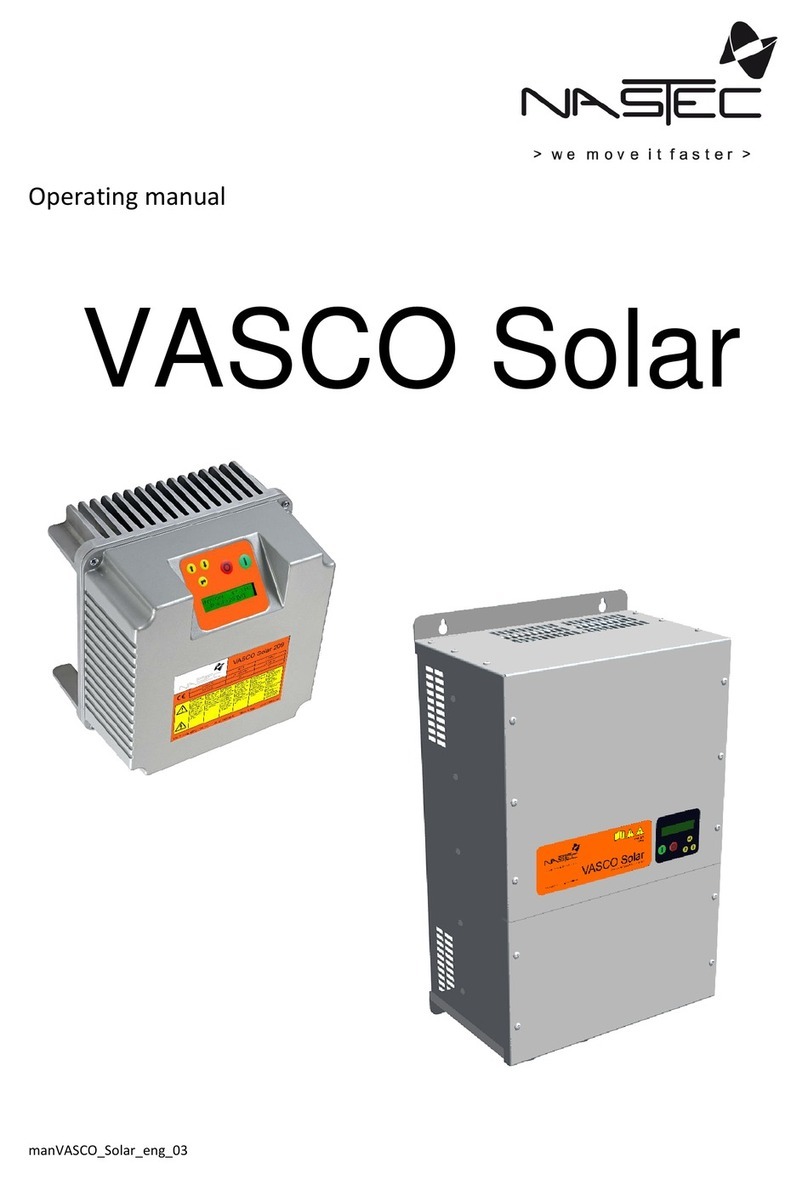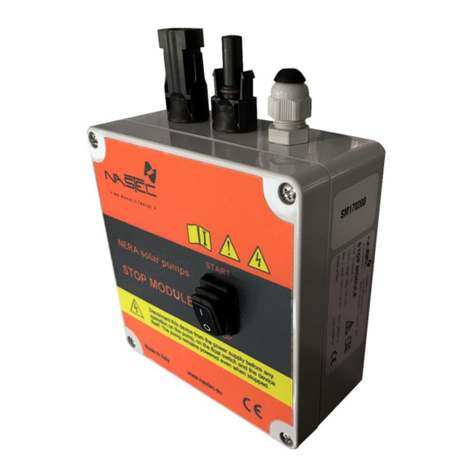
2
Index
1. MIDA Solar Introduction.................................................................................................................................................... 3
2. Safety Instructions............................................................................................................................................................. 4
3. Technical Characteristics ................................................................................................................................................... 5
3.1 Performance ............................................................................................................................................................................ 5
3.2 Weight and dimensions .......................................................................................................................................................... 5
3.3 Cable entries ............................................................................................................................................................................ 5
4. MIDA Solar installation...................................................................................................................................................... 6
4.1 Mechanical installation ............................................................................................................................................................ 6
5. Electric wiring.................................................................................................................................................................... 8
5.1 Protections............................................................................................................................................................................. 11
5.2 Electromagnetic compliance.................................................................................................................................................. 11
5.3 Installation with long motor cables ....................................................................................................................................... 11
6. MIDA Solar use and programming ....................................................................................................................................12
6.1 Monitoring and programming............................................................................................................................................... 13
6.1.1 Monitoring ................................................................................................................................................................. 13
6.1.2 Programming.............................................................................................................................................................. 14
6.1.3 FOC motor control ...................................................................................................................................................... 23
7. Protections and alarms.....................................................................................................................................................25





























